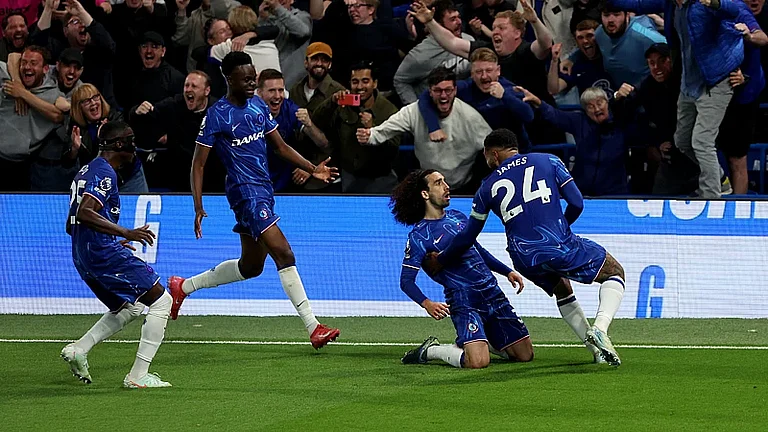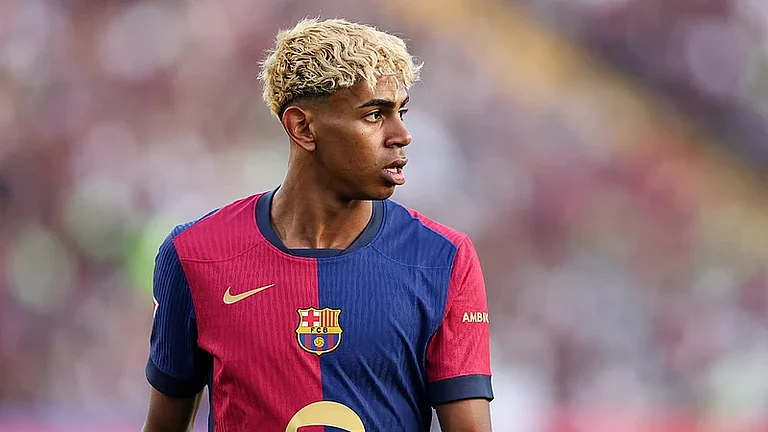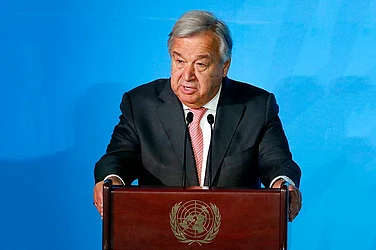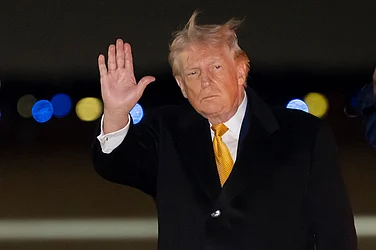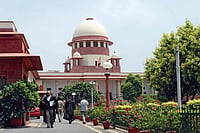Will Britain's Queen Consort Camilla Bowles Paker wear the Koh-i-noor diamond? The question, which was first asked on social media platforms by belligerent South Asians after the recent death of British monarch Queen Elizabeth II, now seems to have become a delicate diplomatic concern for the UK government. With the death of the Queen, the 105-carat gem, whose name literally means 'Light of the Mountain', was likely to customarily pass to her son, King Charles' wife Camilla, the Duchess of Cornwall.
Koh-i-noor and the British crown
Over the past century and a half, the Koh-i-noor has graced the crowns of many British monarchs including Queen Alexandra, Queen Mary and Queen Elizabeth. However, to the rest of the world, the diamond has long been a reminder of imperialism and oppression. Many across the world have demanded that Britain, which largely denies the extent of its own colonial treachery, return the artefacts that it has "looted" from its multiple colonies. The demands grew manifold recently after the death of Queen Elizabeth II when several sections of South Asians on Twitter and other social media platforms demanded that the Koh-i-noor be returned along with other artefacts to their respective native nations. Indians were at the forefront such demands.
With all eyes of the world on the British royal family ahead of the upcoming coronation of King Charles and Queen Consort Camilla, one unlike any other that the monarchy has seen before, Britain is likely to play down on the Koh-i-noor card.
Demands to return the Kohinoor
The Indian government has on several occasions in the past demanded that the Koh-i-noor be returned including once in 1947. The assertions and requests, however, have been met with repeated denials by the British government.
Following the death of Queen Elizabeth, several Indians demanded the return of the Kohinoor on social media. A petition on Chang.org launched by an Indian businessman also raked in lakhs of signatures.
However, India is not likely to get the Kohinoor back. Under the provisions of the Antiquities and Art Treasure Act, 1972, the Archaeological Survey of India (ASI) takes up the issue of retrieval of only such antiquities as have been illegally exported out of the country. Howwever, India has not been able. toprove that the jewel was taken "illegally".
How the British got the Koh-i-noor
Considered to be one of the world's most precious gems, the Kohinoor was reportedly found in India in the 14th century during coal mining in the Kollur mine in south India. At present, it is part of the Crown Jewels of the United Kingdom and is currently set in the Crown of the Queen Mother.One of the largest and most valuable diamond's in the world, the gem has a chequered history. As per legend, the stone was acquired by the Delthi Sultan Alauddin Khaldi during his invasion of southern India. However, it was only in 1740 that the first verifiable record of the Koh-i-noor's mention came be found in the notes of Muhammad Maharvi. The latter notes that the diamond is one of many stones set in the Peacock Throne of Delhi's emperor Nader Shah. From thereon, the diamond seems to have changed hands multiple times before being ceded to Queen Victoria by the 11-year-old Maharaja of Lahore Duleep Singh in 1849 following the annexation of Punjab by British forces. Singh is said to have ruled under the shadow influence of the British ally Gulab Singh the 1st Maharaja of Jammu and Kashmir, who had previously possessed the stone
According to the Archaeological Survey of India , the Kohinoor diamond was "surrendered" by the Maharaja of Lahore to the then Queen of England. The ASI was responding to an RTI query in which the body said that the diamond was "not handed over" to the British nearly 170 years ago.
Author and historian William Dalrymple noted in his book, ‘Kohinoor’ that child Sikh heir Duleep Singh regretted having surrendered the jewel to Queen Victoria. However, he also wished to give it to the Queen as a man.
The Indian government's stand in the Supreme Court was that the diamond, estimated to cost over USD 200 million, was neither stolen nor "forcibly" taken by British rulers, but given to the East India Company by erstwhile rulers of Punjab.
Will Camilla get it?
Nevertheless, the resurgence of the debate regarding returning the Koh-i-noor may be of some embarrassment to the British who seem to be. in the mood to avoid any more controversy surrounding the coronation of King Charles. According to a report in UK-based news outlet The Telegraph, those within the monarchy are conscious to be seen as adapting to the current socio-political climate of the world and not endorsing "problematic" symbols or traditions. This is the reason why, unlike the Bridges program for the late Queen's death, the coronation is being carried out in a more "unplanned" manner to allow for adaptations.







